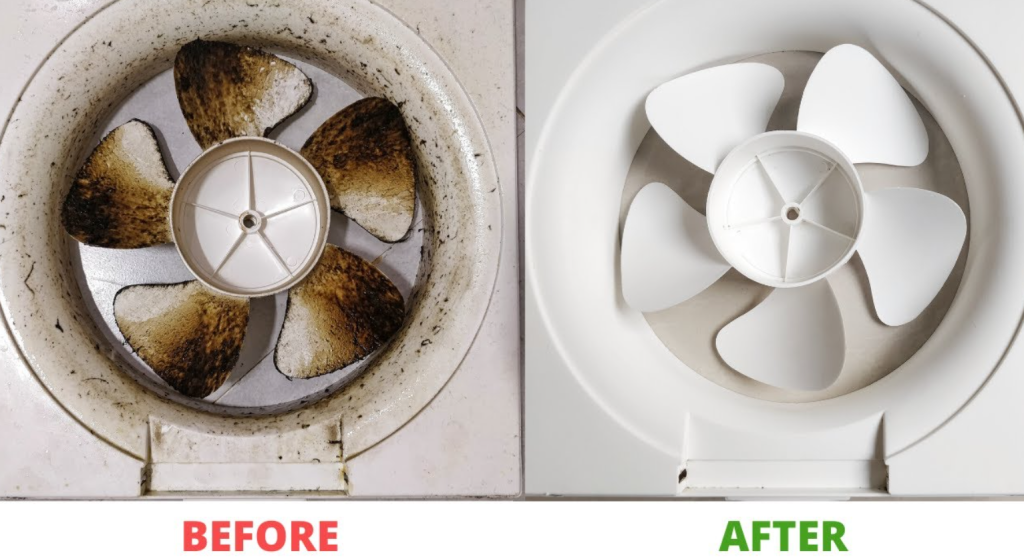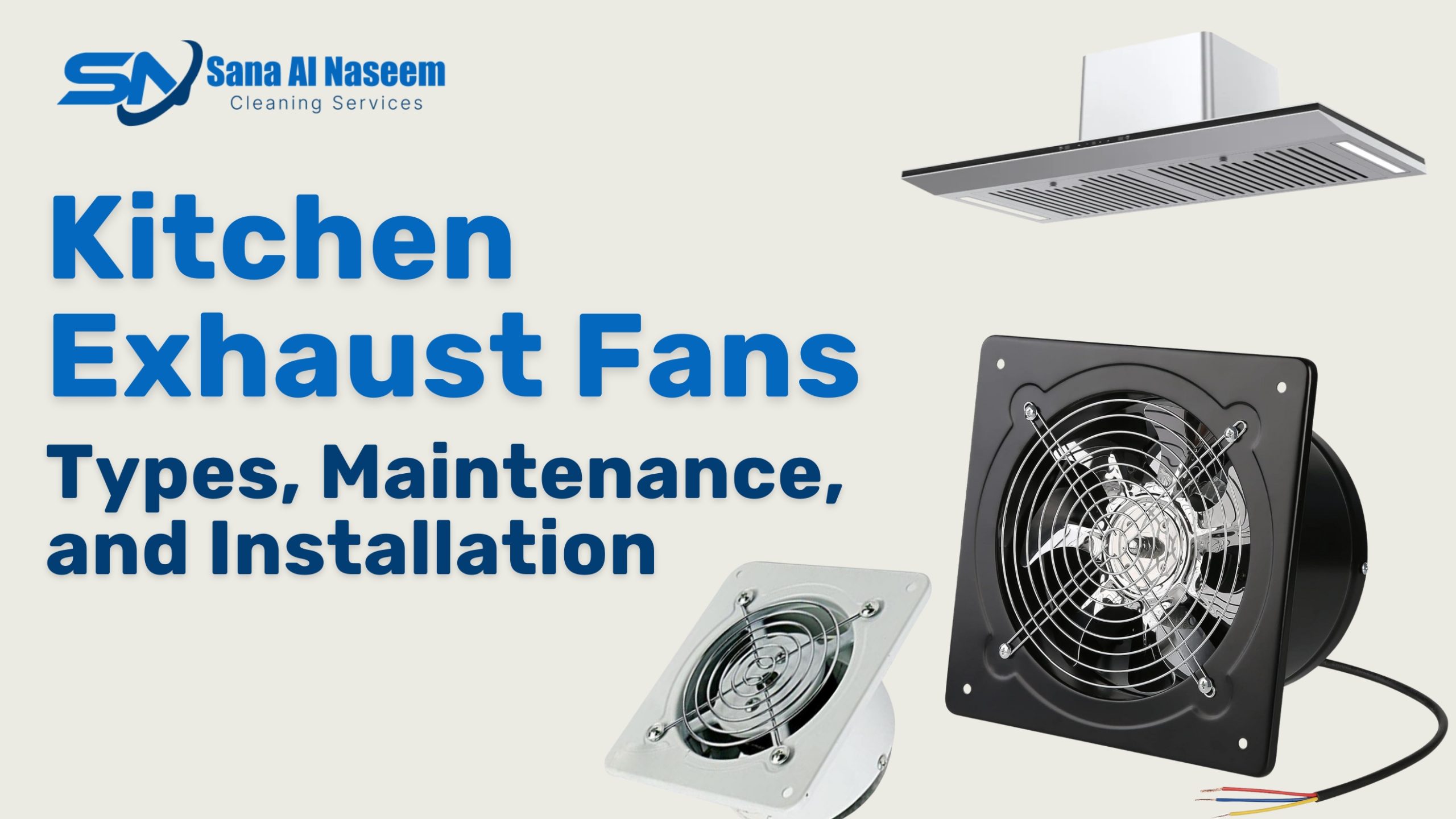Types of Kitchen Exhaust Fans
Kitchen exhaust fans play a crucial role in maintaining a healthy and functional kitchen. The best way to maintain kitchen hygiene is to have professional kitchen exhaust cleaning service provider. Understanding the types available can help you make an informed choice based on your specific needs:
Canopy Fans
Mounted under cabinets or soffits, canopy fans are affordable but provide less airflow compared to other types.
Wall-Mounted Fans
Installed on a wall above the stove, wall-mounted fans offer increased airflow but can be challenging to install.
Island Fans
Mounted in the center of an island or peninsula, island fans provide the highest airflow but can be more expensive and difficult to install.
Under-Cabinet Fans
Installed under cabinets above the stove, under-cabinet fans offer both ducted and ductless models.
Ductless Fans
Ideal for kitchens without duct access, ductless fans filter and recirculate air within the kitchen. When selecting a kitchen exhaust fan, consider your kitchen’s size, cooking habits, and budget.
Common Problems with Kitchen Exhaust Fans
Addressing common kitchen exhaust fan problems promptly is essential to maintain a healthy environment:
- The fan is not working:
- Check the circuit breaker and fan switch.
- Clean fan blades to remove debris.
- Replace a broken fan motor.
- The fan is making noise:
- Inspect and lubricate fan blades and bearings.
- Replace a broken fan motor.
- The fan is not venting properly:
- Check and clean the vent duct.
- Clean the vent filter or replace a damaged vent duct.
- The fan is leaking water:
- Inspect and clean the condensate drain.
- Replace a damaged condensate drain hose.
- The fan is not getting enough air:
- Ensure proper installation in a well-ventilated area.
- Check and clean fan blades.

How to Clean a Kitchen Exhaust Fan
Regular cleaning is essential for maintaining your kitchen exhaust fan’s efficiency. Follow these steps:
Exterior Cleaning:
- Turn off and unplug the fan.
- Use a long-handled brush to loosen dirt or grease.
- Wipe the exterior with a damp paper towel.
Interior Cleaning:
- Remove the grease filter.
- Soak the filter in warm water and degreaser.
- Scrub and rinse the filter thoroughly.
- Air dry before reinstalling.
By following these steps, you can ensure your kitchen exhaust fan remains clean and functions optimally.
How to Maintain a Kitchen Exhaust Fan
Proper maintenance extends the life of your kitchen exhaust fan. Follow these tips:
- Clean fan blades regularly to remove grease and buildup.
- Inspect the fan motor and housing for damage or wear.
- Replace filters according to the manufacturer’s instructions.
- Schedule annual servicing by a qualified technician.
How to Replace a Kitchen Exhaust Fan
While replacing a kitchen exhaust fan is relatively simple, it should be done carefully. Follow these steps:
- Turn off the power at the breaker box.
- Remove screws holding the old fan.
- Disconnect wiring from the old fan.
- Install the new fan in the same location.
- Connect wiring to the new fan.
- Turn on power at the breaker box.
Refer to the manufacturer’s instructions for detailed guidance on replacing your kitchen exhaust fan.
DIY Kitchen Exhaust Fan Installation
If you’re comfortable with DIY projects, you can install a kitchen exhaust fan yourself:
- Turn off power at the breaker box.
- Remove the old fan, disconnecting wires and unscrewing mounting screws.
- Install the new fan following manufacturer instructions.
- Reconnect electrical wires and turn on power.
Ensure you read the manufacturer’s instructions thoroughly and, if uncertain, consult a qualified electrician.
Tips for Choosing the Best Kitchen Exhaust Fan
Consider the following factors when selecting a kitchen exhaust fan:
- Size of Your Kitchen:
- Choose a fan size suitable for your kitchen.
- Type of Cooking:
- For greasy or smoky foods, opt for a high CFM rating.
- Budget:
- Find affordable options with good performance.
Explore our comprehensive guide on The Best Way to Maintain Kitchen for more insights.
By considering these tips and guidelines, you can make informed decisions about your kitchen exhaust fan, ensuring a healthy and efficient cooking environment.

